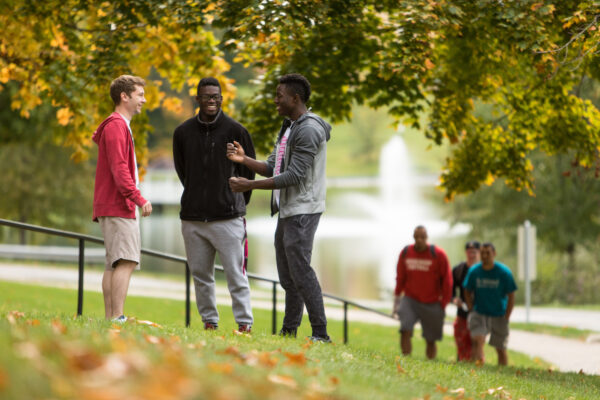
Adrianna Kezar
Adrianna Kezar is the Dean’s Professor of Leadership, Wilbur-Kieffer Professor of Higher Education and director of the Pullias Center for Higher Education at the University of Southern California.
Learn more about Adrianna KezarPosts by Adrianna Kezar

Accountability for Campus Equity Is Everyone’s Work
Making progress on narrowing gaps and creating more inclusive and anti-racist campus environments means spreading the work to more faculty, staff, and administrators on campus rather than marginalizing it to one or two offices.

Organizing Shared Equity Leadership: How to Structure the Work
As colleges and universities continue to work to transform themselves into more equitable spaces, leaders are grappling with the best ways to address entrenched structural problems. Elizabeth Holcombe and Adrianna Kezar look at the different shared equity leadership models that can help campuses move forward.